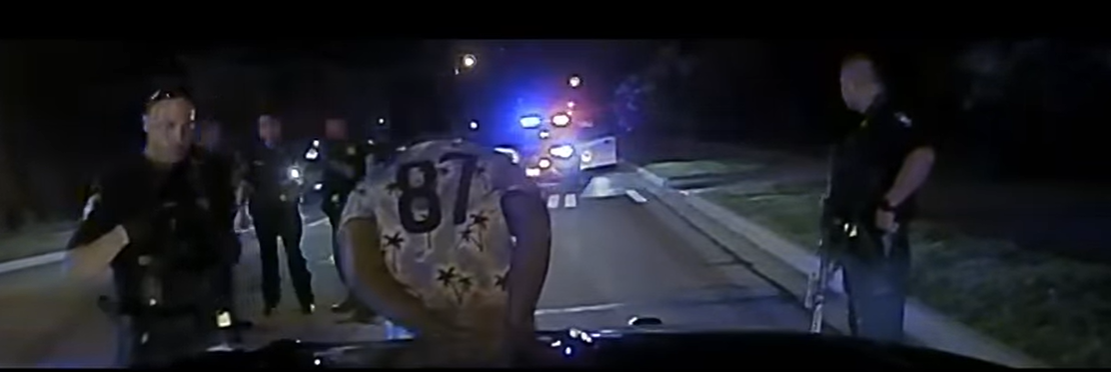'Violence is growing more intense.' More can be saved from Renee Benedetti's fate| Opinion

Mary O’Doherty is executive director of the Ohio Domestic Violence Network.
There’s a face, a life story, for every statistic.
In Delaware County, William S. Roberts was charged with aggravated murder and faces the death penalty after allegedly shooting and killing his 17-month-old daughter and wounding the girl’s mother in 2021.
That incident also involved a carjacking – and a 911 call in which a bystander reported the girl’s mother was standing on the side of the road holding her bleeding baby, pleading for help.

On March 9, Gene Scott, 46, was charged with murder for allegedly choking and killing Renee Benedetti at their home in Clintonville in January, then dumping her body in a landfill in Brown County, east of Cincinnati.
The violence is growing more intense – with domestic violence programs across Ohio seeing survivors with more severe injuries and with situations becoming more lethal, often involving weapons.
From the Archive| Mary O’Doherty: Recent domestic violence death offers lessons to prevent others
In the fiscal year ending in June 2022, Ohio reported 81 victims killed in domestic violence cases, along with 31 perpetrators. The youngest fatality was a day-old baby; the oldest, a 90-year-old woman. We know that intimate partner violence cuts across all the lines of age, race, gender, geography, and economics, and leaves a deep, traumatic impact on children who are exposed to violence in their own homes.

That’s why it’s vital that Ohio legislators approve the $20 million in additional funding for domestic violence services that Gov. Mike DeWine and Attorney General Dave Yost included in the Ohio budget for 2024-2025. Those dollars literally can save lives.
Since 2019, cuts to federal Victims of Crime Act funding have had devastating effects on the services provided Ohio’s domestic violence programs. According to a survey the Ohio Domestic Violence Network conducted in January of its 76 member programs:
Ohio’s domestic violence shelters helped nearly 10,000 people seeking emergency shelter in 2022 but turned away 36% — or one in three survivors — because the programs didn’t have enough room to help them.
The programs provided services to 72,920 people who didn’t spend a night in shelter, but 19% of our programs were unable to meet their needs of all the survivors seeking non-residential help, including support groups, transportation and other supportive services.
Programs answered 91,273 crisis calls. But about 20% of the programs reported they weren’t able to answer crisis calls consistently because they don’t have enough staff.
More than 40% of our programs reported reducing or eliminating services to children.
The additional $20 million in domestic violence funding the governor and attorney general are recommending would allow programs to start addressing the effects of the VOCA cuts and reduce the number of survivors turned away from emergency shelters.
Spending money on domestic violence services is definitely cost-effective for taxpayers.
By providing emergency shelter, Ohio Domestic Violence Network member programs collectively saved Ohio communities more than $32 million in short-term costs associated with medical care, property damage, law enforcement, emergency response, child protective services, legal fees, and loss of life including end-of-life expenses, according to a social return on investment study Ohio Domestic Violence Network commissioned last year.
Finally, increasing funding for domestic violence services would bring our state closer to spending parity with surrounding states.
Currently, Ohio spends 32 cents per capita on domestic violence services, compared with 92 cents for Indiana, $1.41 for West Virginia, $1.56 for Pennsylvania and $2.54 for Kentucky.
The additional line-item funding would bring Ohio’s per capita rate up to 85 cents – a big improvement, and closer to what surrounding states already spend.
Please tell Ohio’s legislators: This funding increase is the right thing to do.
It can save lives — real people, some of them children.
Not just statistics.
Mary O’Doherty is executive director of the Ohio Domestic Violence Network.
This article originally appeared on The Columbus Dispatch: Why $20 million more in domestic in violence funding is needed in Ohio

